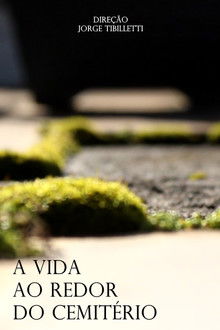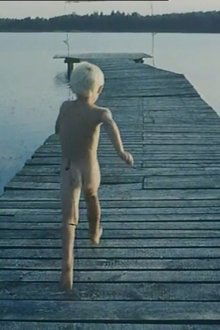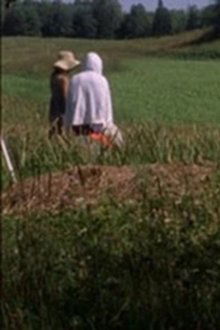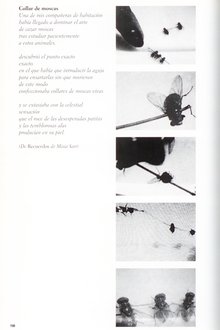For 100 years, we have waged war on wildfire in the United States, and ironically, have created a more volatile landscape than ever.
Related Movies
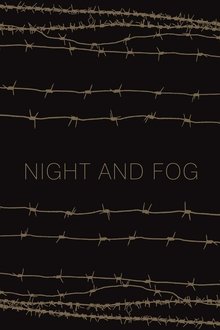
Night and Fog (1959)
Filmmaker Alain Resnais documents the atrocities behind the walls of Hitler's concentration camps.

Decade for Decision (1957)
Short news featurette produced by Pathe-RKO after the Russians launched the first orbiting satellite, Sputnik. It is a patriotic 'call to arms' from the threat posed by this and the need for Americans to spend more on education in general and a college education in particular. A visit to the University of Buffalo highlights its science programs and the need for more graduates from all technical disciplines if America is to rise to the challenge. It bemoans the fact the PhDs earn less than a mechanic and the need to re-order priorities.
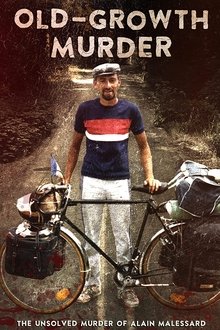
Old Growth Murder (2022)
A feature-length documentary exploring the unsolved murder of French bicyclist Alain Malessard who was found dead in an Oregon Coast campground on Thanksgiving 1987.

Argini (1954)
A tribute not so much to the river that runs through the Eternal City, but to that part of Rome that very often remains invisible to the eyes of tourists-the suburbs, with their streets and rituals.

The Path We Are Leaving (2025)
Forest and community guards face insecurity and clandestine logging in their community.

La quemada (2022)
12 years later, a failed school short film is resignified to share the multiple experiences that exist in the creation of a film.
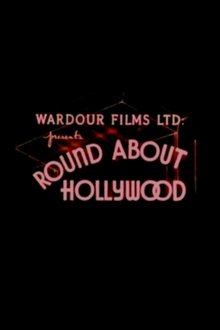
Round About Hollywood (1931)
This short travelogue depicts snippets of locations in Hollywood, California, most of them as seen from the streets. Considerable time is taken showing the kinds of architecture of private homes. There are images of various important buildings, and a depiction of the Hollywood Bowl. Finally, there is a sequence revolving around the premiere of the film “Dirigible” (1931) at the famed Chinese Theatre.

The True Story of the Ballerina in Red (2010)
Fictional Documentary. A dancer in one of the paintings by Edgar Degas one day stepped out of the canvas, conquers the world and disappears during the carnival in Rio; mix of the academic universe, avant-gard art and the underworld sex scene. The movie was shot in Paris, NY and RJ.

The Invisibles (2014)
A day in the life of the homeless on the streets of LA, the ones that survive or live in a different reality, youngsters with a broken dream, war veterans, drug addicts, lonely people with no family, victims of the economic or emotional crisis.
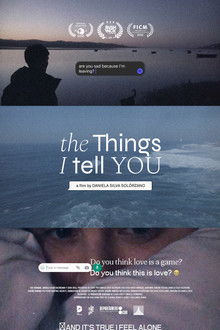
The Things I Tell You (2022)
Daniela, a young woman coming out of a breakup, moves to Lisbon for a few months. Feeling lonely, she starts dating Diogo, a happy-go-lucky guy she meets on Tinder. They get to know each other as they explore solitude, love, and friendship, aware that they will soon part ways.
